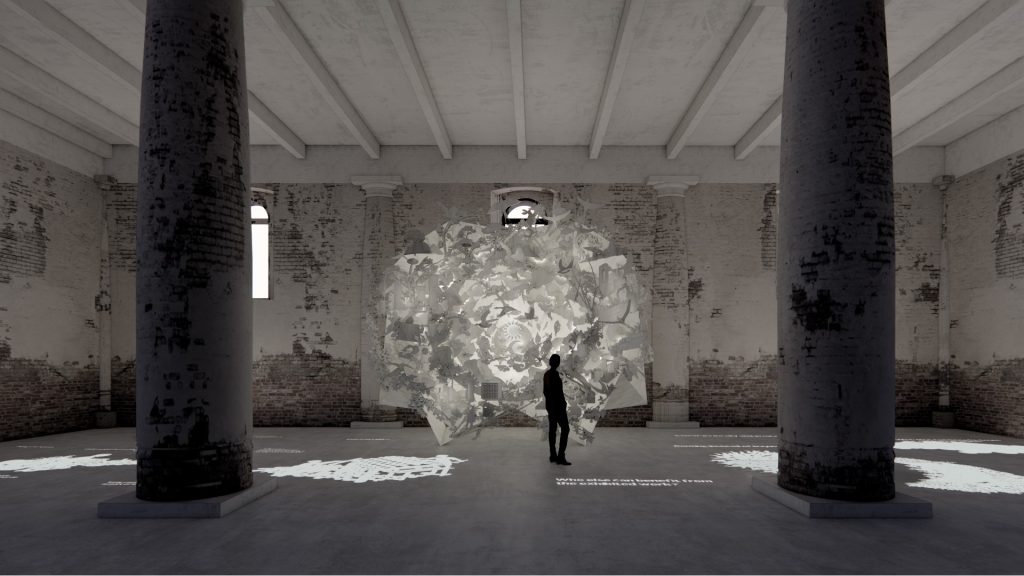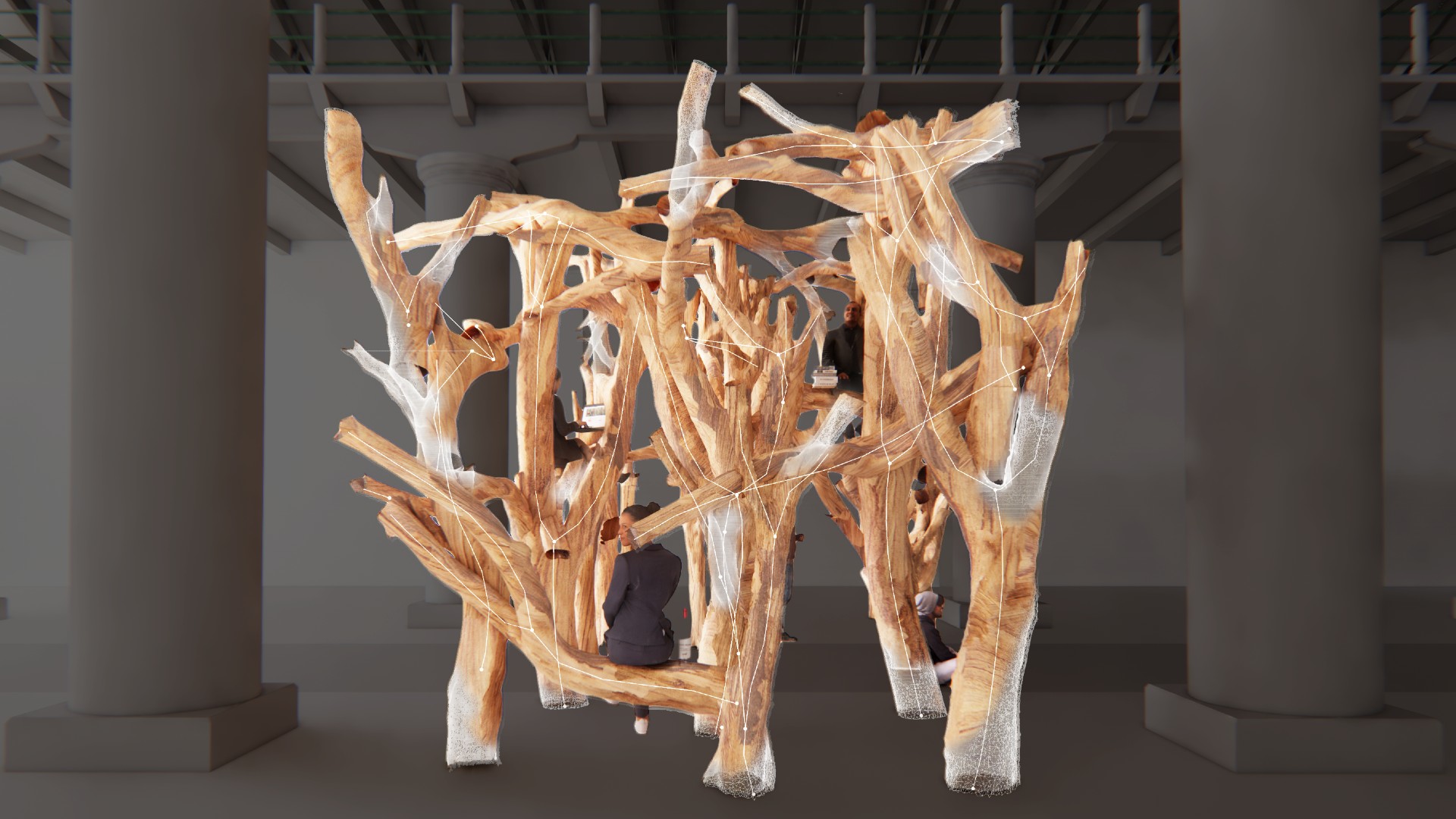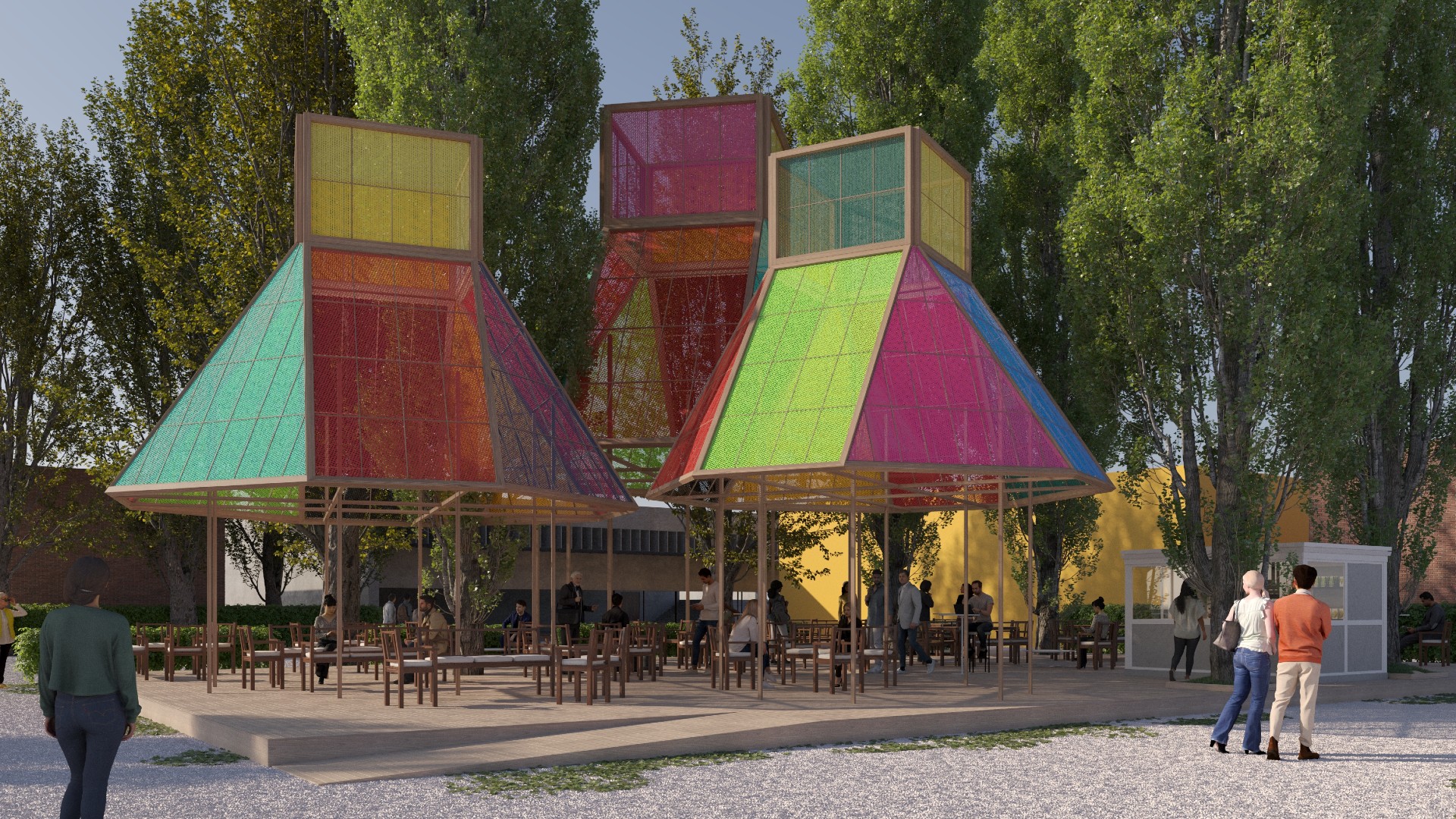
81. Venice Film Festival

80. Venice Film Festival

79. Venice Film Festival

The Biennale Arte Guide
Foreigners Everywhere

The Biennale Architecture Guide
The Laboratory of the Future

The Biennale Arte Guide
Il latte dei sogni

At the Giardini, the Arsenale, and – more than ever in this edition – spread across various locations in Venice, the upcoming Architecture Biennale aims to serve as a laboratory for exploring the role of science in contemporary architecture. More than 750 participants, including architects, engineers, climate scientists, philosophers, and artists, will take part.
…The disembodied ingenuity of evolution, the growing power of computers, and the collective wisdom of the crowd. To face a burning world, architecture must harness all the intelligence around us.
The architecture of the future must be sustainable, adaptive, and capable of integrating innovative materials, renewable energy, and participatory design strategies. Curator Carlo Ratti has outlined the key themes of the upcoming Biennale Architettura, Intelligens. Natural. Artificial. Collective., conceived as a dynamic laboratory that redefines design paradigms while questioning the role of architecture in what Ratti calls the “time of adaptation,” a time when “the systems on which we have long based our understanding are beginning to fail.”
Faced with devastating wildfires, unprecedented floods, and severe droughts, merely mitigating the effects of climate change is no longer enough; a shift toward adaptation is essential. Architects, climate scientists, engineers, philosophers, artists, biologists, and programmers – more than 750 participants invited by Ratti – will engage in a dialogue on how our cities and ways of inhabiting the planet must evolve in response to an increasingly unstable environment and how architecture, in this scenario, can reaffirm its primary role: creating safe, inclusive, and livable spaces by integrating traditional knowledge and technological innovations.
The heart of the Biennale Architettura 2025 will take shape in the Corderie of the Arsenale. The exhibition will be structured around the different types of intelligence evoked in its title: natural, artificial, and collective. Introducing these three thematic worlds will be an installation created by the Fondazione Cittadellarte Onlus of artist Michelangelo Pistoletto, in collaboration with German climate engineers Transsolar, and environmental historian Daniel A. Barber. Details will be revealed over time – possibly only after the Biennale opens. For now, we must rely on the curator’s words, who has hinted at “artificial floods and swirling hot air vortices.”
The Natural Intelligence section will present new forms of bio-architecture through projects such as Living Structure, an exploration by Kengo Kuma that combines traditional Japanese woodworking techniques with AI, and Matter Makes Sense, which brings dozens of global experiments on new building materials to the Biennale.

In Artificial Intelligence, robotics, engineering, and data science converge to explore how technology can shape our built environment and social systems. This section will showcase research on computer vision for mapping bombed cities, robotics experiments for construction, and algorithmic design systems for resource optimization.
Finally, Collective Intelligence will celebrate shared knowledge and collective wisdom. From Brazilian favelas to African markets, this section highlights the role of communities in transforming the built environment.
Inspired by the ideas of Martin Rees, the UK’s Astronomer Royal, who reminds us that space exploration cannot be a means of salvation, and introduced by a sound installation created by composer Jean-Michel Jarre, the concluding section, Out, will explore the relationship between architecture and outer space—not as an alternative to life on Earth, but as a field of research that can offer new solutions for our planet.
With the Central Pavilion at the Giardini temporarily unavailable due to renovation work, the Biennale Architettura 2025 will expand across various locations in Venice, filling the city with installations, prototypes, and projects aimed at addressing issues such as sustainable water mobility, lagoon water purification, and urban resilience.

The fusion of traditional knowledge and technology will be evident in projects inspired by vernacular and indigenous architecture, such as the Manameh Pavilion, which applies Gulf region cooling techniques to demonstrate how architecture can adapt to extreme climates, and Terra Preta, a collaboration between Indigenous leaders from the Amazon and international architects, focusing on how ancient soil management techniques can inspire sustainable housing solutions for local communities.
Argentina, Austria, Belgium, Italy, Luxembourg, Switzerland